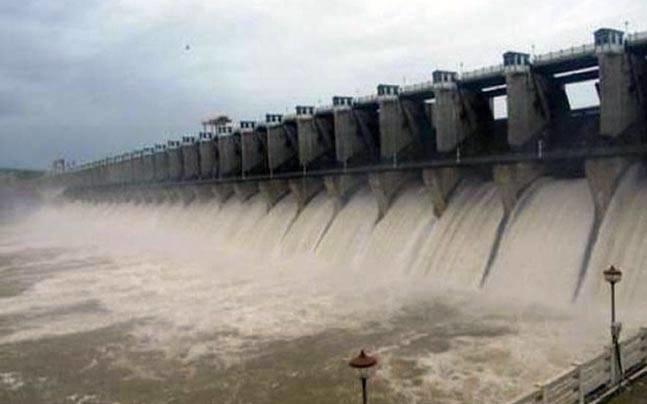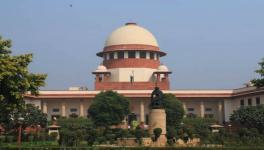Why Tamil Nadu Wants a Cauvery Management Board

The Cauvery river water sharing dispute between Tamil Nadu and Karnataka has been dragged for over decades now. Although the Supreme Court gave its verdict in this matter in February this year, the dispute still remains unsettled as the central government which is obliged to implement the court’s order by constituting a “scheme” under Section 6A of the Inter-State River Water Dispute Act, 1956, did not even initiate to do so.
Tamil Nadu’s farmers are protesting across the state, demanding the central government for the immediate establishment of the Cauvery Management Board (CMB), alongside, lawmakers from the state are also raising the issue in the ongoing second phase of the budget session. Meanwhile, Karnataka government has maintained its stand of opposing CMB and instead has recently proposed another scheme to the Centre.
It has been reported that hundreds of farmers from Tamil Nadu’s Cauvery delta districts gave a call to launch an indefinite fast in Delhi in protest against the central government’s delay in implementing the Supreme Court’s order.
One main contention from the Tamil Nadu side has been that Karnataka, which held the authority of releasing water to reservoirs did not comply with the final award of the Cauvery Water Disputes Tribunal for years. Hence, the demand for the establishment of CMB, a separate regulatory body, emerged so that the responsibility of opening up reservoirs would be implemented by CMB instead of Karnataka government.
Supreme Court verdict
The apex court bench headed by chief justice Dipak Misra delivered its verdict on Cauvery water dispute on February 16, 2018. Accordingly, the court specified the annual allocation of Cauvery water to states –Tamil Nadu - 404.25 tmcft, Karnataka - 284.75 tmcft, Kerala - 30 tmcft and Puducherry - 7 tmcft. The share of water allocation for Tamil Nadu was reduced by 14.75 tmcft per year when compared to the final award by the Cauvery Water Disputes Tribunal (CWDT) in 2007. The order is said to be applicable for the next 15 years. The court directed the Central government to constitute a scheme to implement the said award.
Karnataka’s proposed scheme
While opposing the formation of an independent regulatory body like CMB for implementing the Supreme Court order, the Karnataka government has proposed the Centre with another scheme conceptualized as “dispute resolution” mechanism. Accordingly, the scheme comprises a six-member Cauvery Decision Implementation Committee (CDIC) headed by the Union Water Resources Minister, and an 11-member monitoring agency under it, headed by the Union Water Resources Secretary. That is, Karnataka does not want to give up the authority on deciding the release of water, thus against CMB.
Distress in Cauvery delta
Due to the uncertainty in the availability of irrigation water, the farmers from the delta region claim that they were able to make use of only one crop season per year. In addition to this, Cauvery delta is prone to frequent storms, cyclones, floods and droughts. According to a research study by S Janakarajan, former professor at the Madras Institute of Development Studies, in the last four decades, the three Cauvery delta districts – Thanjavur, Tiruvarur and Nagapattinam – have seen a massive diversion of farmland to other purposes and recorded increase in wasteland (farmland turned into uncultivable land) area. For instance, in these districts, between 1971 and 2014, the wasteland land in these districts had increased from 62 sq. km to 536 sq. km.
As the central government’s delay in resolving the issue has become obvious, either due to impending Karnataka assembly elections or due to its intentions in making ground for BJP in Tamil Nadu, it is however only at the cost of farmer’s anguish.
Get the latest reports & analysis with people's perspective on Protests, movements & deep analytical videos, discussions of the current affairs in your Telegram app. Subscribe to NewsClick's Telegram channel & get Real-Time updates on stories, as they get published on our website.























